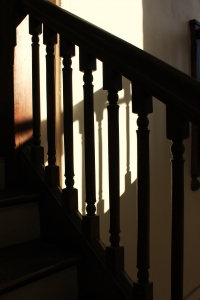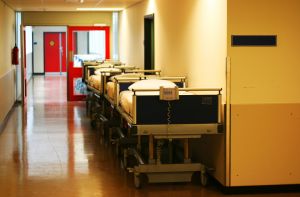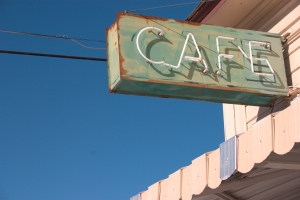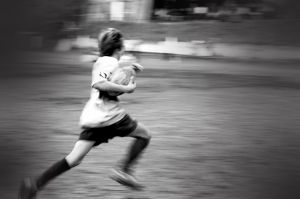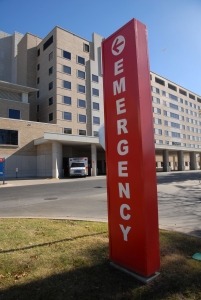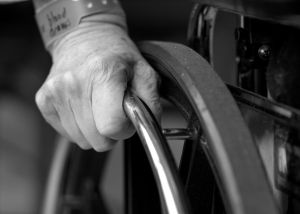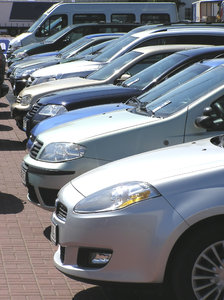In early December, a Boston University student was killed when riding his bicycle. On the same day of the tragic death, a hearing had already been scheduled at City Hall to discuss efforts to make Boston safer for cyclers. The death of the young student has prompted the mayor to urge new bike safety efforts.
Our Foxboro personal injury attorneys are strong supporters of better bike safety measures. Bike accidents are very dangerous to riders since a bike provides no protection from the impact of a vehicle. Any steps that can be taken to improve safety and to make bike accidents less likely could potentially help to save lives. 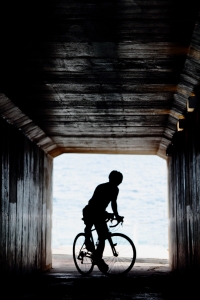
Boston Bike Safety Programs
The hope is that the recent tragic bike death, along with encouragement from the mayor, will help to increase the focus on bike safety. According to Boston.com, however, there are currently a number of bike safety initiatives in Boston, although there is more work to be done. The Boston Bikes Program, for example, has been instrumental in helping to increase the presence of bicycle infrastructure in neighborhoods throughout Boston.
Some of the other safety measures that have been put in place to improve bike safety include:
- Education on bicycle safety. Education targets both bicycle riders and drivers. For example, information on bike safety is included in all mailings that go out with parking violations. A Youth Cycling program also provides instruction to more than 4,000 young bicycle riders each year.
- Engineering efforts to improve the bicycle network throughout Boston. The majority of streets in the city have been evaluated and recommendations will be made for how to create a better and stronger bicycle network. The improved network will include more bicycle lanes and also new solutions such as priority-shared lanes.
- Enforcement efforts to prevent drivers from parking in bike lanes. According to Boston.com, more than 1,500 tickets were written by Transportation Department Officers to drivers illegally parked in bike lanes. Bike riders who don’t obey the rules, such as riders who drive through red lights, can also be ticketed.
- Efforts to provide bicycles for all citizens and to increase ridership. A Roll it Forward Initiative, for example, has repaired more than 1,600 bikes and provided them to residents along with a bike helmet, a lock and bike education. This program, along with efforts to build a strong cycling community, is helping to increase the number of riders, which in turn increases public and legislative focus on bike safety.
Although tragic accidents like the death of the Boston student still occur, the hope is that with greater education and enforcement, as well as with more bike lanes and bike facilities, bike ridership will continue to grow and riders will become safer than ever before.
Continue reading
 Boston Personal Injury Attorney Blog
Boston Personal Injury Attorney Blog




